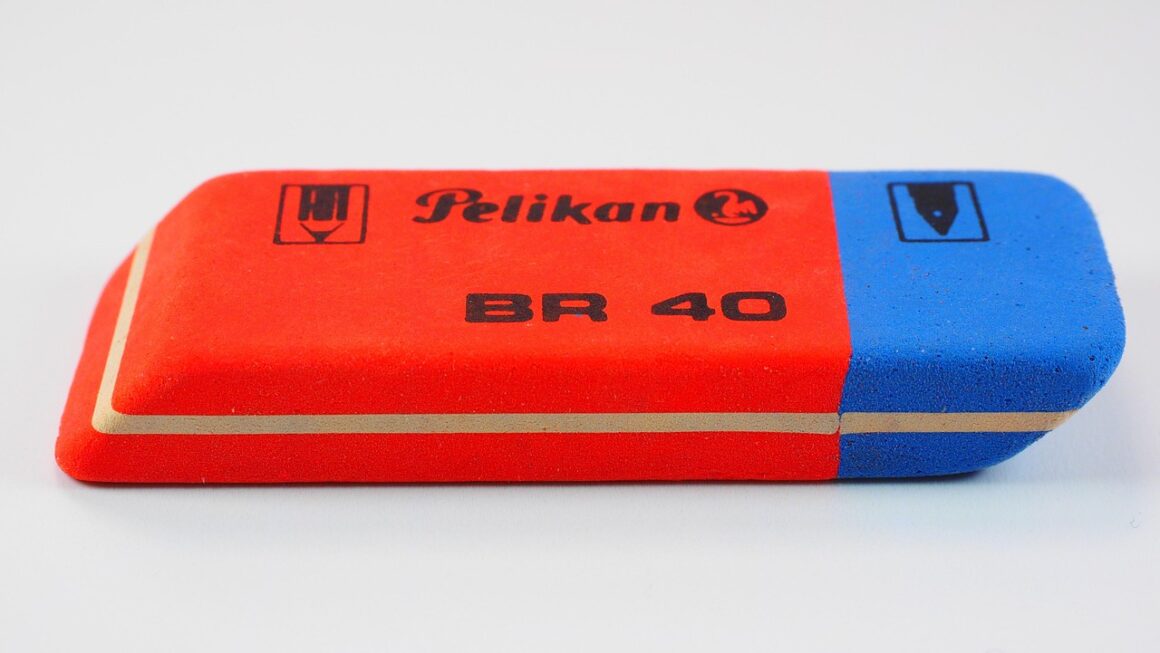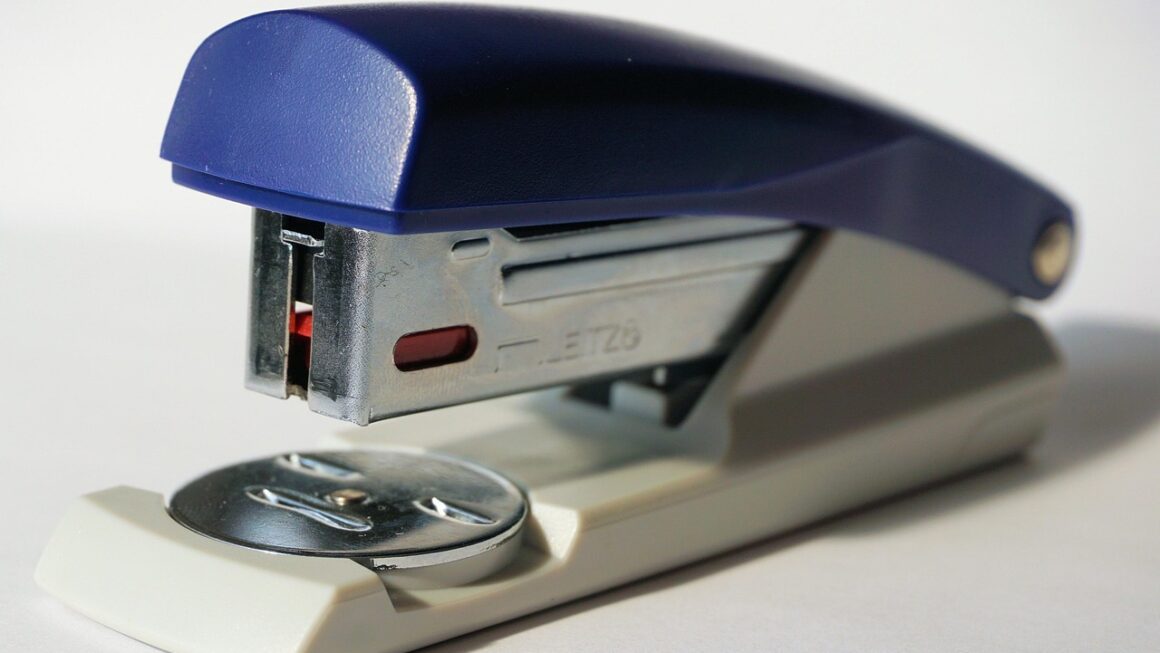In today’s fast-paced work environment, optimizing office productivity isn’t just a nice-to-have; it’s a necessity for survival and growth. From streamlining workflows to fostering a positive work culture, numerous factors contribute to a high-performing office. This guide will delve into actionable strategies and techniques that you can implement today to boost your team’s efficiency and achieve remarkable results.
Optimize Your Workspace for Peak Performance
A well-organized and comfortable workspace significantly impacts productivity. Consider how the physical environment influences focus, collaboration, and overall well-being.
Ergonomics Matter
Investing in ergonomic furniture and accessories is crucial for preventing physical strain and discomfort.
- Adjustable chairs: Ensure employees have chairs with adjustable height, lumbar support, and armrests. For instance, a chair that correctly supports the lower back can reduce back pain and increase focus.
- Monitor placement: Position monitors at eye level to avoid neck strain. A monitor arm can help achieve the perfect height and distance.
- Keyboard and mouse: Choose ergonomic keyboards and mice designed to minimize wrist and hand fatigue. Consider a split keyboard for improved wrist posture.
Declutter and Organize
A clean and organized workspace reduces distractions and allows for easier access to essential materials.
- Implement a filing system: Organize documents and files in a logical manner, whether physical or digital. Use labels and color-coding to improve efficiency.
- Utilize desk organizers: Provide employees with desk organizers to keep pens, paperclips, and other small items neatly stored.
- Encourage a “clean desk” policy: At the end of each workday, encourage employees to clear their desks of clutter.
Lighting and Environment
Optimize lighting and ambient conditions to create a positive and productive atmosphere.
- Natural light: Maximize natural light as much as possible. Studies show that exposure to natural light improves mood and alertness. If natural light is limited, use full-spectrum light bulbs.
- Temperature control: Maintain a comfortable temperature to prevent employees from feeling too hot or too cold. Consider individual preferences when setting the thermostat.
- Noise management: Minimize noise distractions by using noise-canceling headphones, soundproofing panels, or a designated quiet area for focused work.
Leverage Technology to Enhance Efficiency
Technology plays a pivotal role in modern office productivity. Choosing the right tools and utilizing them effectively can significantly streamline workflows and boost output.
Project Management Software
Project management tools are essential for organizing tasks, tracking progress, and fostering collaboration.
- Asana: A versatile platform that allows teams to create tasks, assign responsibilities, and set deadlines. It offers features such as timelines, Gantt charts, and integrations with other popular apps.
- Trello: A visual project management tool that uses boards, lists, and cards to organize tasks. It’s particularly useful for agile methodologies and Kanban workflows.
- Monday.com: A highly customizable platform that allows teams to create workflows tailored to their specific needs. It offers a wide range of templates and integrations.
Communication and Collaboration Tools
Effective communication and collaboration are critical for team success.
- Slack: A messaging app that allows teams to communicate in real-time, share files, and collaborate on projects. It offers channels for specific topics or teams, as well as direct messaging.
- Microsoft Teams: A comprehensive collaboration platform that combines chat, video conferencing, file sharing, and project management. It’s integrated with other Microsoft Office applications.
- Zoom: A video conferencing tool that allows teams to conduct virtual meetings, webinars, and presentations. It offers features such as screen sharing, recording, and breakout rooms.
Automation Tools
Automate repetitive tasks to free up employees’ time for more strategic work.
- Zapier: Connects different apps and automates workflows between them. For example, automatically create a new task in Asana when a new email is received in Gmail.
- IFTTT (If This Then That): Similar to Zapier, IFTTT allows you to create applets that automate tasks based on specific triggers.
- Mailchimp: Automates email marketing campaigns, allowing you to send targeted emails to specific audiences.
Prioritize Time Management and Focus
Effective time management and focus are essential for maximizing individual and team productivity.
Time Blocking
Schedule specific blocks of time for specific tasks to improve focus and prevent multitasking.
- Create a daily or weekly schedule: Allocate time slots for different tasks, taking into account your energy levels and priorities.
- Minimize distractions: During scheduled work blocks, turn off notifications, close unnecessary tabs, and let colleagues know you’re unavailable.
- Use the Pomodoro Technique: Work in focused 25-minute intervals, followed by a 5-minute break. This can help maintain concentration and prevent burnout.
Prioritize Tasks
Focus on the most important tasks first to ensure that you’re making the best use of your time.
- Use the Eisenhower Matrix: Categorize tasks into four quadrants: urgent and important, important but not urgent, urgent but not important, and neither urgent nor important. Focus on tasks in the “urgent and important” and “important but not urgent” quadrants.
- Identify your “most important task” (MIT) for each day: Determine the single most important task that you need to accomplish and focus on completing it first.
- Learn to delegate: Delegate tasks to others when possible to free up your time for more strategic work.
Eliminate Distractions
Minimize distractions to maintain focus and improve concentration.
- Turn off notifications: Disable notifications on your phone, computer, and other devices.
- Use website blockers: Block distracting websites like social media and news sites during work hours.
- Create a designated workspace: Choose a quiet and comfortable workspace where you can focus without interruptions.
Foster a Positive and Supportive Work Culture
A positive and supportive work culture is essential for employee morale, engagement, and productivity.
Encourage Open Communication
Create a culture where employees feel comfortable sharing their ideas, concerns, and feedback.
- Regular team meetings: Hold regular team meetings to discuss progress, address challenges, and brainstorm ideas.
- One-on-one meetings: Schedule regular one-on-one meetings with employees to provide feedback, address concerns, and discuss career development.
- Anonymous feedback channels: Provide employees with anonymous feedback channels to share concerns or suggestions without fear of retribution.
Promote Work-Life Balance
Encourage employees to maintain a healthy work-life balance to prevent burnout and improve overall well-being.
- Flexible work arrangements: Offer flexible work arrangements such as telecommuting, flexible hours, or compressed workweeks.
- Encourage breaks: Encourage employees to take regular breaks throughout the day to stretch, walk around, and recharge.
- Promote vacation time: Encourage employees to use their vacation time to relax and rejuvenate.
Recognize and Reward Achievements
Acknowledge and reward employees for their hard work and accomplishments.
- Verbal praise: Offer sincere verbal praise for a job well done.
- Public recognition: Recognize employees’ achievements in team meetings or company newsletters.
- Incentive programs: Implement incentive programs such as bonuses, gift cards, or extra vacation time to reward high-performing employees.
Conclusion
Boosting office productivity requires a multifaceted approach that addresses both the physical workspace and the intangible aspects of work culture and employee well-being. By implementing these strategies, from optimizing ergonomics and leveraging technology to prioritizing time management and fostering a positive work environment, you can create a high-performing office that thrives on efficiency, collaboration, and employee satisfaction. Start small, experiment with different techniques, and continuously adapt your approach to meet the evolving needs of your team. The result will be a more productive, engaged, and successful workforce.




